Are you looking for a way to add an extra layer of “health insurance” to your life?
Then maybe you should start eating more whole grains.
Whole grains are full of nutrients and provide a wide range of health benefits, yet only 10 percent of Americans consume the recommended minimum of three servings a day.
Lilian Cheung, DSc, RD, and lecturer in nutrition at the Harvard School of Public Health says, “You’re getting fiber, a healthy plant-based-protein, vitamins, minerals, and a variety of phytochemicals that will improve your health.”
So, unless you have celiac disease or gluten intolerance, you seriously don’t want to miss out on all whole grains have to offer.
In this blog post, we’re going to find out why you should be eating more whole grains.
What are Grains?
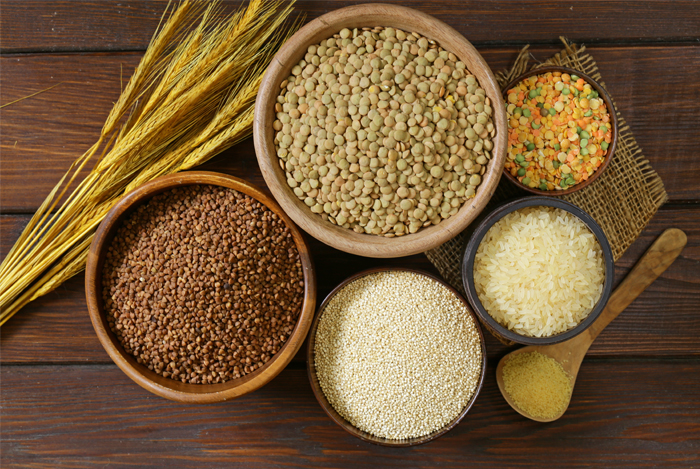
Grains, also called cereals, are the seeds of grasses cultivated for food.
Whole grains and the foods made from them contain all the essential parts and naturally-occurring nutrients of the entire plant in its original proportions. They contain the germ, endosperm, and bran – while refined grains contain only the endosperm.
Common whole grains include:
- Wheat
- Oat
- Barley
- Maize
- Brown rice
- Rye
- Millet
- Quinoa
- Amaranth
- Triticale
- Teff
- Buckwheat
Grains are an essential part of a healthy diet. All types of grains are great sources of complex carbohydrates and many key vitamins and minerals. They’re also naturally low in fat.
The healthiest grains by far are whole grains. The Dietary Guidelines for Americans recommends that at least half of the grains you eat should be whole grains.
Whole Wheat vs. Whole Grains: What’s the Difference?
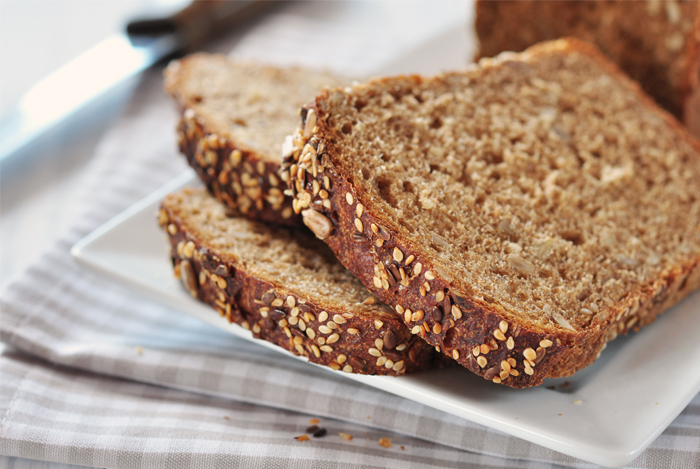
With all these health experts throwing so many terms around, there’s some understandable confusion when it comes to whole grains. Many people ask the question, “What’s the difference between whole wheat and whole grain?”
The Whole Grains Council answers with a question: “What’s the difference between a carrot and a vegetable?”
They answer this way because whole wheat is a kind of whole grain. All whole wheat is whole grain, but not all whole grain is whole wheat – just as all carrots are vegetables, but not all vegetables are carrots.
Hopefully that clears it up once and for all.
Health Benefits of Whole Grains
Tons of Fiber
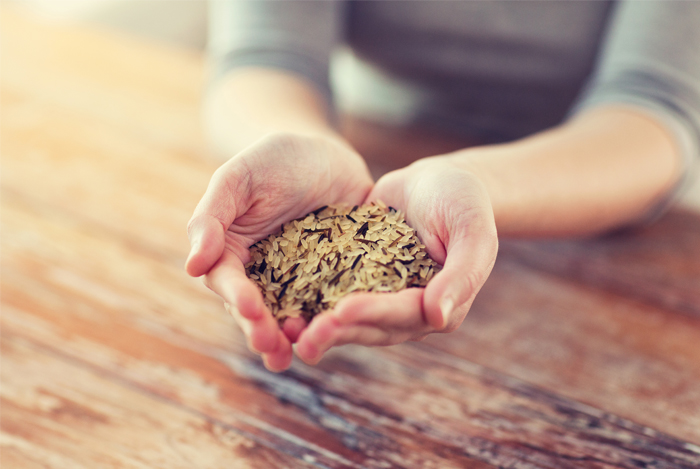
Human beings need around 25 to 35 grams of fiber each day. Whole grains contain both soluble and insoluble fiber, which have their unique health benefits.
Better Digestive Health

The fiber content in whole grains helps ward off diverticulosis, a condition that causes little pouches to form in the colon wall, which causes inflammation, constipation, diarrhea, and pain.
Aside from fiber, whole grains also contain lactic acid, which helps promote “good bacteria” in the large intestine which aid in digestion, promote nutrient absorption, and strengthen the immune system.
Lower Cholesterol
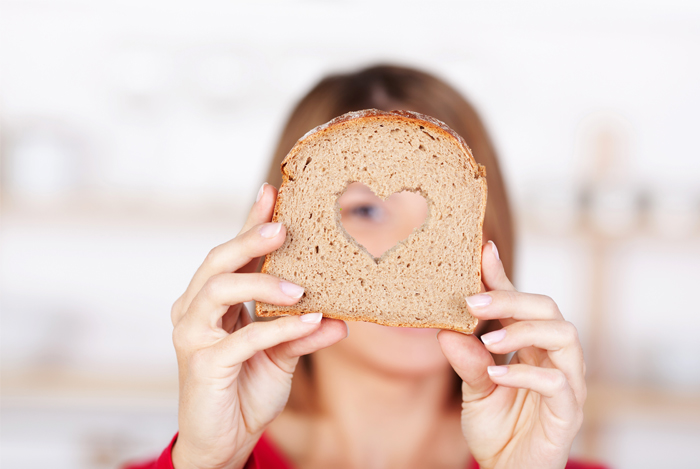
Whole grains prevent the body from absorbing “bad” cholesterol, and also lower triglycerides.
On top of this, whole grains lower the risk of heart disease overall. A study found that women who ate 2 to 3 servings of whole grain products each day were 30 percent less likely to have a heart attack or die from heart disease when compared to women who ate less than a single serving per week.
Lower Blood Pressure

Aside from lower cholesterol and triglycerides, whole grains have also been found to lower blood pressure.
A study found a 19 percent lower risk of hypertension among men who ate more than 7 servings of whole grain breakfast cereal a week compared with those who ate one o less.
Weight Control

A study found that women who consumed the most wheat germ, brown rice, dark bread, popcorn, and other whole grains had a 49 percent lower risk of “major weight gain” over time compared to women who favored refined carbs like doughnuts and white bread.
Another study found that middle-aged men and women who ate a diet high in fiber gained 3.35 pounds less than those who went for refined products.
Fat Redistribution
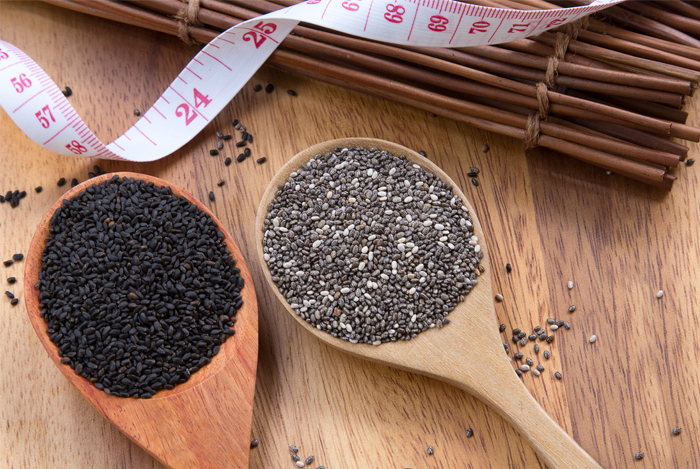
According to experts, eating recommended levels of whole grains can help cut down body fat. Eating whole grains has also been tied to reduced belly fat, which is a risk factor for conditions like diabetes.
Reduce Inflammation
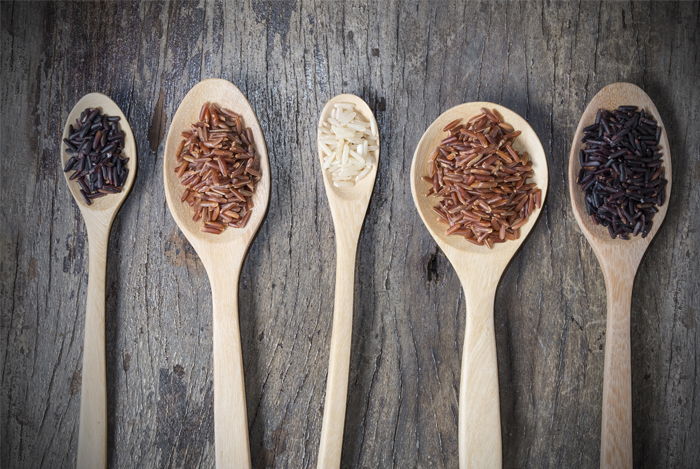
Whole grains have been tied to inflammation relief. One study found that whole grain barley and/or brown rice helped to reduce two markers of inflammation found in the gut.
Researchers also tied whole grain consumption to a reduced risk of developing asthma – particularly when introduced early in life.
Whole grains have also been linked to decreased levels of C-reactive protein, yet another marker of inflammation. High levels of C-reactive protein are associated with an increased risk of heart disease, type 2 diabetes, and fertility complications like preeclampsia and prematurity risk.
Fullness

Whole grains also make you feel fuller than refined grains like white bread because they take longer to digest. They can also help you keep your portions under control because of their often high protein content.
Blood Sugar Regulation
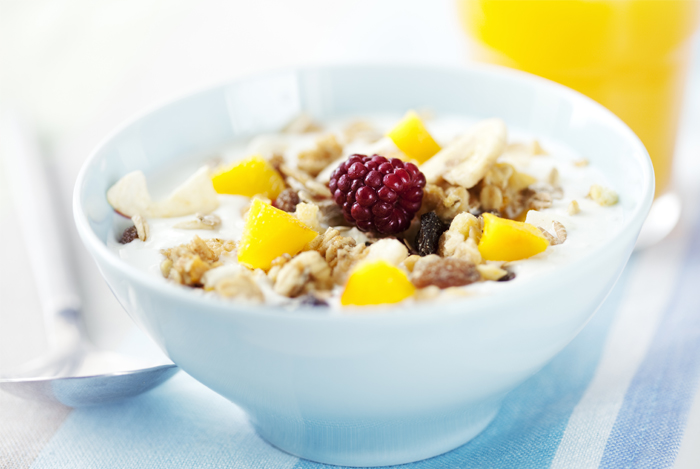
In one study, women who ate 2 to 3 servings of whole grains a day had a 30 percent lower risk of diabetes than women who ate little or no whole grain products.
Another study found a 32 percent lower risk of diabetes in people who ate 3 or more servings a day of whole grains versus a 5 percent risk reduction in those who ate refined grains alone.
Teeth and Gum Protection
One study that involved nearly 35,000 male health professionals aged 40 to 75 found that participants who consumed the highest amounts of whole grain were 23 percent less likely to get gum disease than those who avoided whole grains.
These findings were true even while taking into account factors like smoking, age, and body size. And because gum health is linked to many other conditions in the body, these findings could have wide-ranging implications for your health.
How You Can Eat More Whole Grains
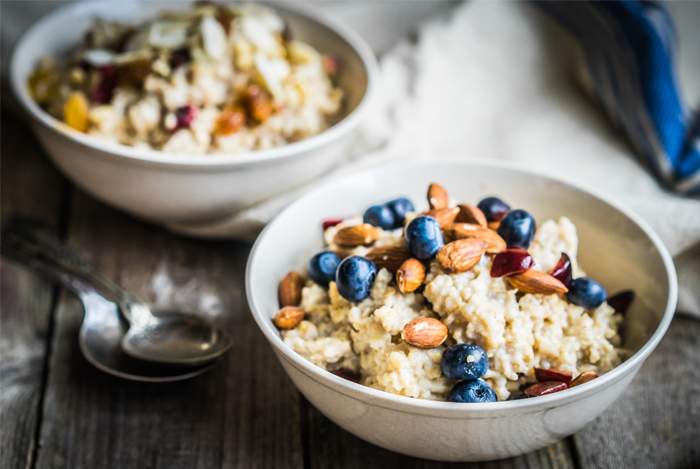
Okay, so now you can see how fantastic incorporating more whole grains in your diet can be for your health.
But you may not know how to do it.
So, here are a few easy tricks for including whole grains whenever possible:
- Bread chicken breasts with whole-grain crumbs – Chicken is already delicious, and adding whole-grain crumbs only amps up the flavor and calorie content of the meal.
- Eat oatmeal for breakfast – One FDA analysis found that this traditional morning meal could even lower your total cholesterol.
- Swap out a portion of white flour in favor of whole grain flour. The next time you’re cooking with a recipe that calls for refined flours, swap in as much as 50 percent whole grain flour.
- Use whole grains instead of noodles in soups. That’s right – forget about the noodles in your chicken noodle soup. Use barley grains instead, or any other sturdy grain that holds its shape and structure when cooked.
- Always use whole grain bread for sandwiches. When you were a kid, you might have craved that white-bread you saw on TV. But as an adult, you should only accept whole-wheat, whole grain bread for your sandwiches.
- Always ask for brown rice. Any time you get the chance to choose between white or brown rice, go with the brown. When brown rice is converted into white, most of the vitamins and all of the fiber is destroyed.
- Give quinoa a chance. Even if you can’t pronounce it, you should try quinoa. It’s a delicious whole grain that has some of the highest protein levels of any grain.
- Try whole grain energy bars. Whenever you stock up on energy bars for those on-the-go, post-workout snacks, go for the whole grain option. These tend to have far less sugar and fat content than their refined carb alternative.
The Gluten Issue

Most people who claim to have some form of gluten insensitivity most likely don’t fully understand the role gluten plays in food.
According to a study from the Boston-based non-profit Oldways Whole Grains Council:
- Only 1 in 3 identify gluten and a protein.
- Only 1 in 5 know gluten makes dough rise
- Only 4 percent correctly selected both (with no other options).
- 21 percent incorrectly think gluten is in all grains.
- 93 percent eat gluten some or all the time.
- Of the 7 percent who avoid gluten, only 1 in 5 has a medically diagnosed problem with gluten.
People who follow a gluten-free diet simply don’t need to avoid all grains. Amaranth, buckwheat, corn, millet, oats, quinoa, rice, sorghum, teff, and wild rice are all naturally gluten free.
So please, don’t lump all grains together. Seek out whatever grains you can that fit your dietary requirements and preferences, and incorporate them whenever possible.
The Last Word
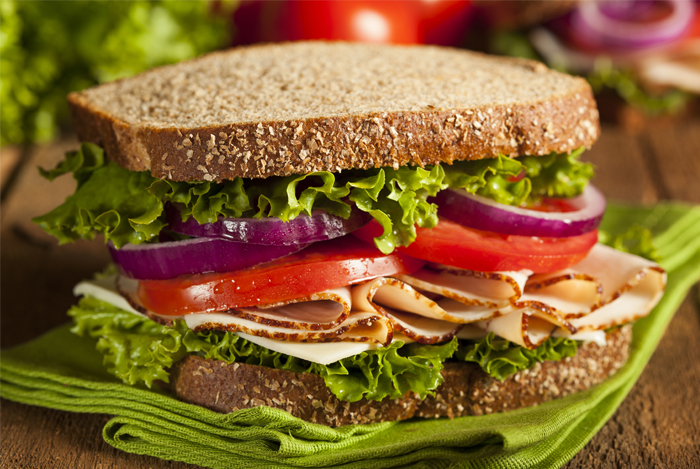
There you have it – all the reasons why you should try and include whole grains into your diet every day.
For some people, though, eating grains just won’t fit into their diets. And if they really need the fiber and some of the health benefits, they could just take fiber supplements.
But if you’re a fan of grains and enjoy eating them, there’s simply no good reason you should avoid them – as long as you stick to whole grains.
Will you try to incorporate more whole grains into your diet? What is your favorite kind of whole grain?
Answer in the comments below!
The post Better Body and Mind: Why You Should Be Eating More Whole Grains appeared first on Nutrition Secrets.
http://www.nutritionsecrets.com/better-body-and-mind-why-you-should-be-eating-more-whole-grains/
No comments:
Post a Comment